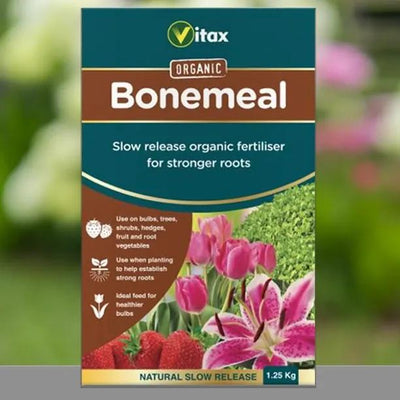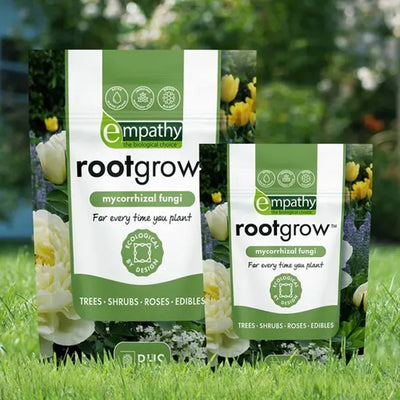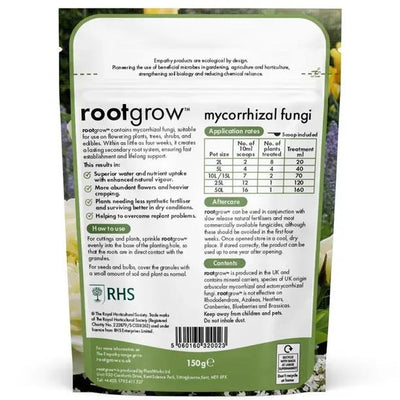Opal Plum Trees
Opal produces bite-sized, deliciously sweet dessert plums in a great colour range, from sunshine yellow to deep purple on the same fruit. The pale yellow flesh has a signature Greengage flavour.
They crop extremely early, in a good year your first fruit's ready at the end of July.
Because they ripen so early, Opals do best in the sunnier South of England, and reward being planted in a south facing spot, perhaps trained against a south facing wall as a fan.
Browse our range of plum trees, or all our fruit trees.
Delivery season: Bareroot plants are delivered in late Autumn to Spring, about November-March inclusive. Pot grown plants, year round.
Features
- Self-fertile, Pollination Group C
- Early cropper, from late July to early August
- Eating, sweet greengage flavour
- Reassuringly regular harvest size
- Bareroot delivery: Nov-March
- RHS Award of Garden Merit
Opal Plum Pollination
Your tree is reliably self-fertile; a pollination partner like Coe's Golden Drop (crops later) or Rivers Early Prolific (crops earlier)is notstrictly necessary, but may improve the harvest.
Plum trees are natives of a warmer climate and need some special consideration to encourage strong growth, resistance to disease and bumper crops. They're only pruned in summer, to reduce the risk of silver leaf disease.
Our plum trees are on St Julien A rootstocks.
History & Trivia
Sweden's climate (in the south), is perfect for breeding hardy plants that will succeed in Northern Europe. Opal is one of many superb creations of the Horticultural Research Stations in Alnarp and Balsgard, near Sweden's southern tip.
It was crossed in the 1920's from two classic plum trees, the robust English Early Favourite and very tasty French Oullins Golden Gage.
Plum Tree Delivery Shapes:
Most of our fruit trees are delivered in up to 3 shapes (maiden, bush, and half standard), and you can buy selected varieties as potted mini patio trees: scroll up to see what's in stock.
Maiden: Unbranched tree, the most basic starting size, which you can train into fans, or the forms below (apart from mini patio trees).
Bush: Freestanding tree with a short trunk about 60cm tall. It'll grow to about 3m. Ideal for small gardens.
Half-Standard: A freestanding form with a trunk about 120cm tall. It'll grow into a full sized, "normal" tree, about 4m. Ideal for orchards, easy to mow underneath.
Guide to Fruit Tree Sizing.
7.5 to 12 litres are potted non-patio trees aren't meant to be kept in pots; they'll be fine for up to 12 months until planted in the ground. Keep well watered (but not soaked).

 Secure, One-Tap Checkout
Secure, One-Tap Checkout
 Hand Picked, Delivered to Your Door!
Hand Picked, Delivered to Your Door! 1 Year Bareroot Guarantee
1 Year Bareroot Guarantee















